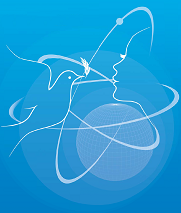Speaker
Esmeralda Vataj
(Albania)
Description
In this paper are presented some results of an archaeometric investigation performed on several glass mosaic tesserae from Early Christian basilicas from different sites in Albania, belonging to V-VI century AD.
While, during the last years there has been an increasing interest from both archaeologists and scientists for the study of glass archaeological artifacts found in Albania, the present study constitutes the first attempt to study the glass mosaic tesserae.
A multi analytical approach, which includes optical microscopy, scanning electron microscopy equipped with energy dispersive spectrometer (SEM-EDS), micro X-ray fluorescence and Raman spectroscopy, is used during the investigation.
The main objective of the study is the characterization of the type of materials, glass matrix and coloring and opacifying agents, used for their production as well as the investigation of the microstructures of opaque coloured glass mosaics tesserae.
Most of the glass tesserae have the characteristic soda-lime-silica composition typical for the Roman glass. Compounds of Mn, Fe, Cu, Pb, Sn, Co were used as colorants in tesserae of different colours, while apart from bubbles and mineral inclusions SnO2 has been used as opacifier. Thin Au foils were used for the gold coloured tesserae.
| Country or International Organization | Albania |
|---|
Author
Esmeralda Vataj
(Albania)
Co-authors
Mr
Elio Hobdari
(Dr.)
Mr
Nikolla Civici
(Prof.Dr.)
Mr
Stefan Roehrs
(Dr.)
Mrs
Teuta Dilo
(Prof. Dr.)

